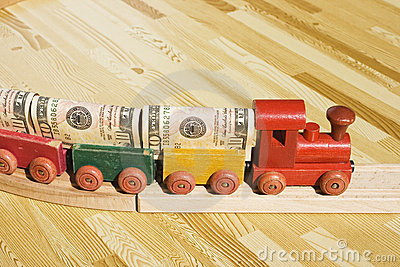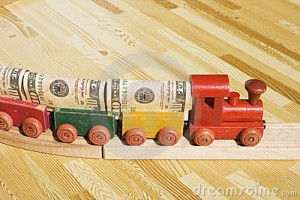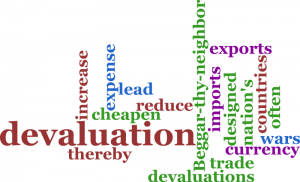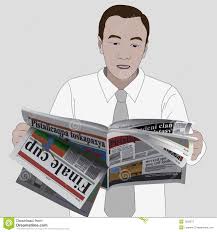There are many ways to finance government spending and one way is to print money. Printing of money seems to be an easier way to finance government spending, but this solution always carries a risk of inflation with itself. There exists a link between money supply and inflation.
Whenever printing of money takes place to tackle any issue, it results in the growth in money supply and such an increase in money supply creates additional purchasing power to an individual. So what happens, the increased money supply results in the increase in aggregate demand (AD) in the economy. Such a boost in aggregate demand causes firms to increase the price of goods to control demand and to bring economy to an equilibrium position.
So in a way to reduce aggregate demand, inflation rises. Here we can say that a rise in money supply brings a rise in inflation. But this link between money supply and inflation can be redundant if the increase in AD is followed by a subsequent increase in real output (AS) i.e, if real output is increased at the same rate. If increase in AD by 2% is matched by an increase in AS by 2%, there would be no change in inflation.
However, if the condition is not the same, i.e, if the increase in AD by 5% is followed by an increase in AS by 2%, as happens in the ceteris paribus case, where money supply grows faster than the real output, then there would exist a change in inflation.
So the link between the money supply and the inflation depends upon the extent of increase in the real output.
Click here for government certification in Accounting, Banking & Finance





5 Comments. Leave new
Good one
Excellent work..!
Restriction on money supply by RBI either by controlling printing of money, or imposing bank rates and various variable reserve ratio help in controlling the hyper inflation conditions in an economy.
well explained.
Innovative article.
interesting read 🙂